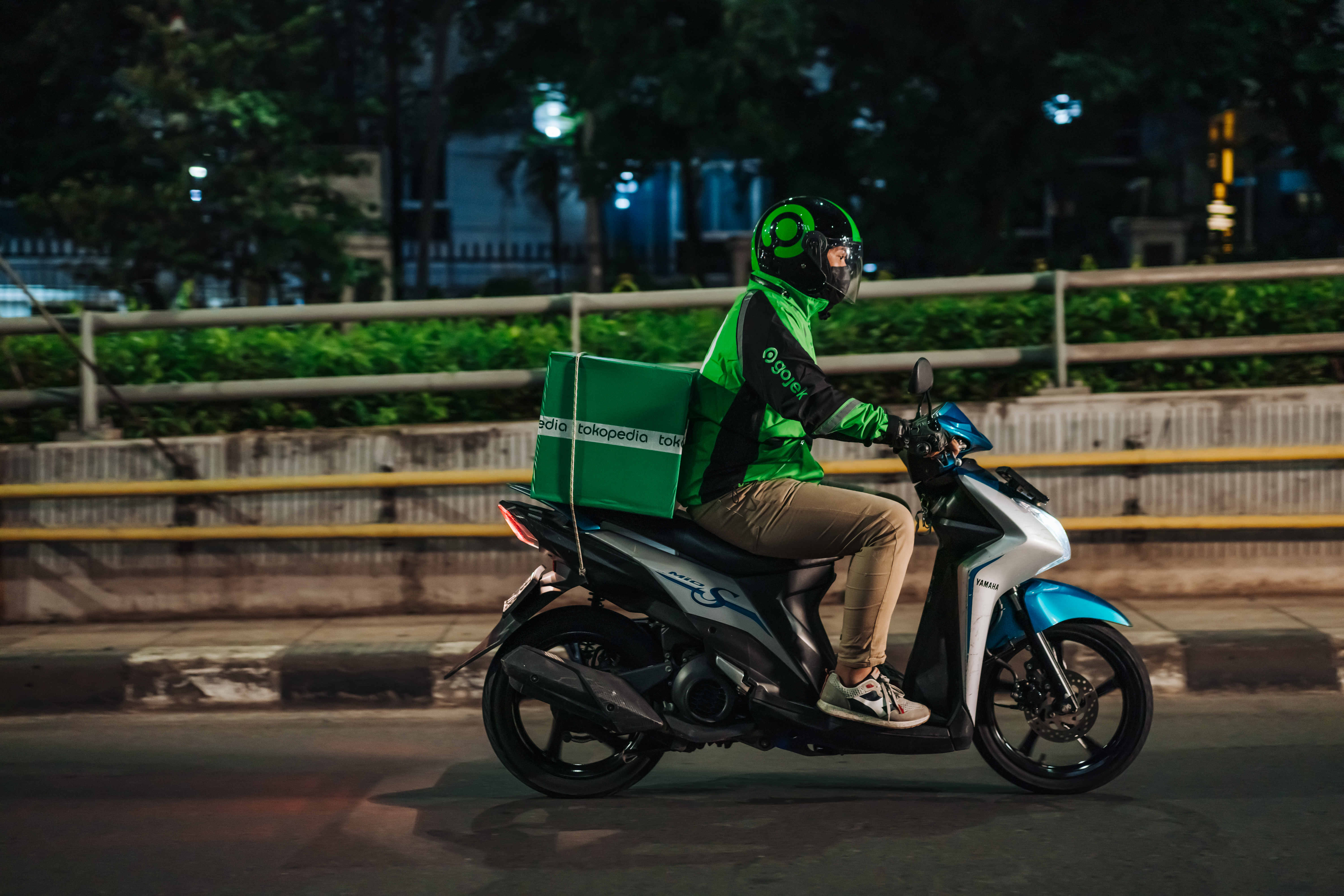Singapore-based superapp Grab said Wednesday that its delivery segment has broken even, including the popular food delivery service, as the Southeast Asian tech giant rushes to narrow years of losses in the face of stronger investor scrutiny.
Adjusted earnings before interest, taxes, depreciation and amortization (EBITDA) in the delivery business totaled USD 9 million for the July-September quarter, turning positive from a USD 22 million loss in the year-ago period.
The Nasdaq-listed company originally expected the segment to break even in the second quarter of 2023. On a group level, the company kept its plan to break even by the second half of 2024 on an adjusted EBITDA basis.
During an earnings call on Wednesday, CEO Anthony Tan said the latest results “demonstrate our ability to drive growth and profitability in tandem.” Grab has been slowing its incentive payouts to users and focusing more on loyal customers with higher transactions.
“We saw solid growth despite the normalization of food delivery demand,” he added.
The announcement came as Grab on Wednesday reported a USD 342 million loss for the July-September quarter, narrowing 65% from a USD 988 million loss for the same period last year.
Group revenue reached a record USD 382 million, up 143% on the year. On top of the strong delivery segment, the top line of the ride-hailing business more than doubled as demand returned thanks to economies reopening from pandemic restrictions.
The latest quarterly results were better than the market consensus. According to QUICK FactSet, analysts had estimated a net loss of USD 376 million and revenue of USD 341 million.
Following the earnings results, Grab’s share price jumped nearly 12% at one point in early trading on Wednesday in New York.
Founded in 2012, Grab began as a ride-hailing service and expanded into the competitive food delivery field, gaining a large user base in eight Southeast Asian markets in part from its heavy incentives to users and drivers.
But since last year, rising interest rates and a stronger prospect of economic recession in developed markets have dampened valuations of high-growth tech companies like Grab. Despite the rise in share price early Wednesday, Grab’s valuation remains over 50% lower this year.
With the change of tide, Grab has been reducing incentive payouts, focusing more on loyal users by cross-selling its services across the platform. The company also exited its cloud kitchen services in some markets and closed its grocery warehouses in Singapore, Vietnam and the Philippines.
Grab revised its 2022 revenue guidance upward to between USD 1.32 billion and USD 1.35 billion from the previous range of USD 1.25 billion to USD 1.30 billion.
Still, the company has yet to turn profitable on a group level, hampered by costs tied to its new digital banking business. Grab entered the virtual bank sector in Singapore in September with plans to enter Malaysia and Indonesia next year.
For the latest quarter, adjusted EBITDA for financial services saw a USD 104 million loss, compared with a USD 76 million loss from a year ago. The company’s investment in online lending is expected to peak in 2023 and take another three years to break even.
During the earnings call on Wednesday, Chief Operating Officer Alex Hungate said Grab expects the digital bank business “to continue to require some higher investment” over the next few quarters.
This article first appeared on Nikkei Asia. It has been republished here as part of 36Kr’s ongoing partnership with Nikkei.

